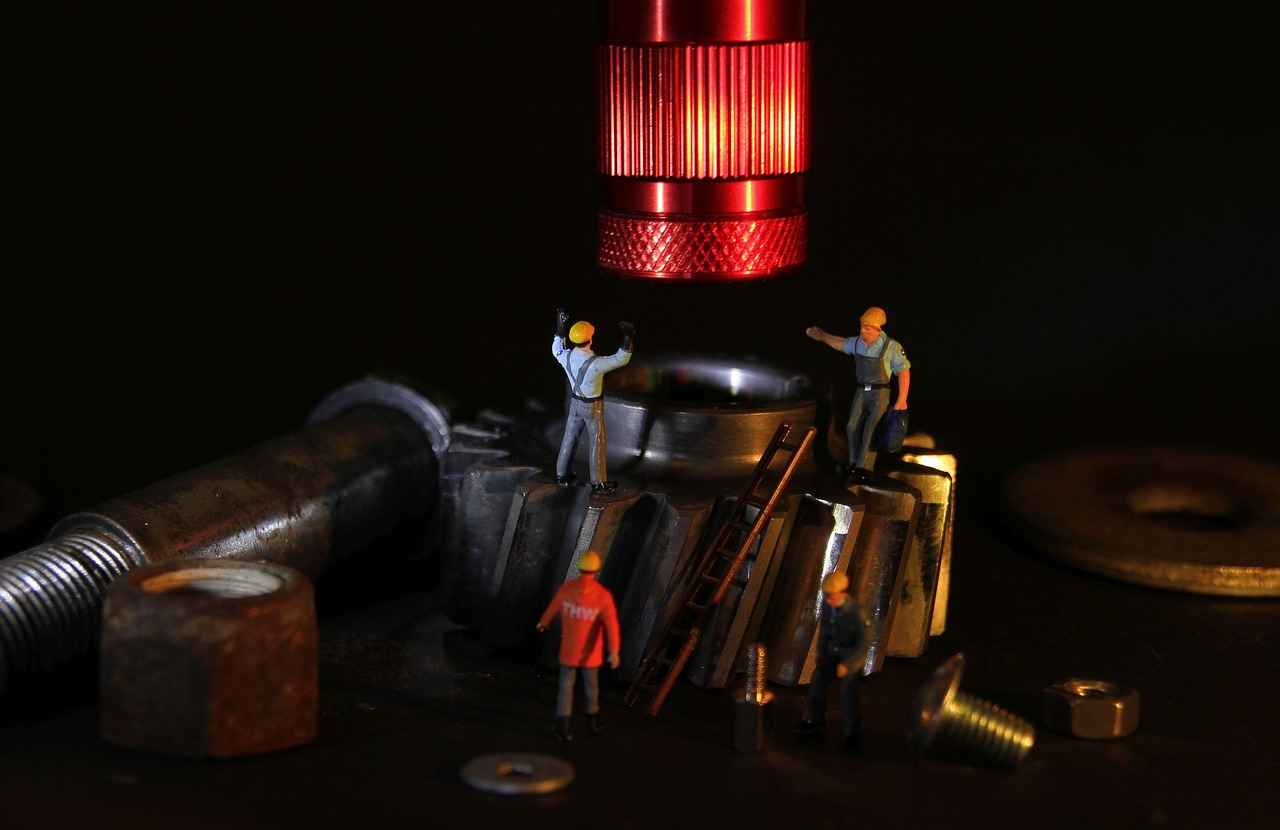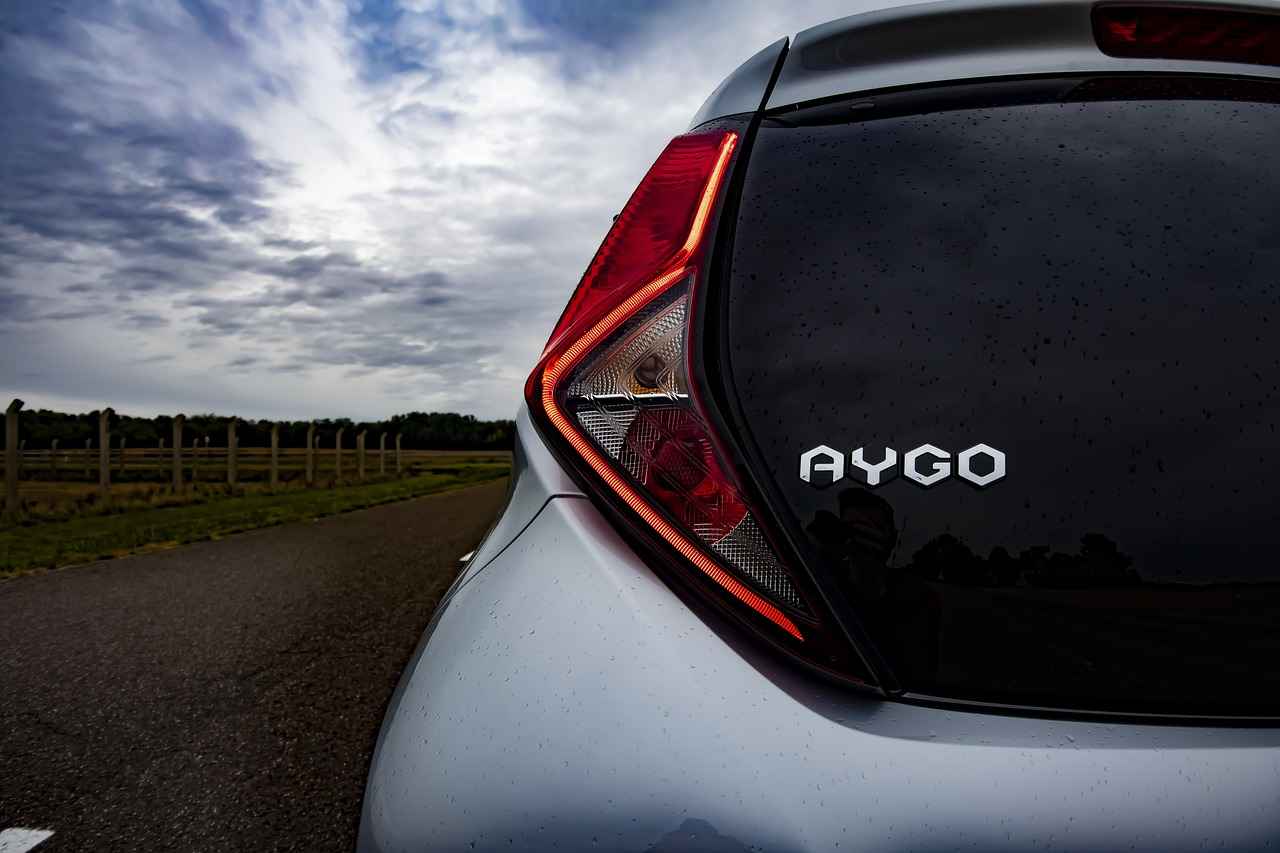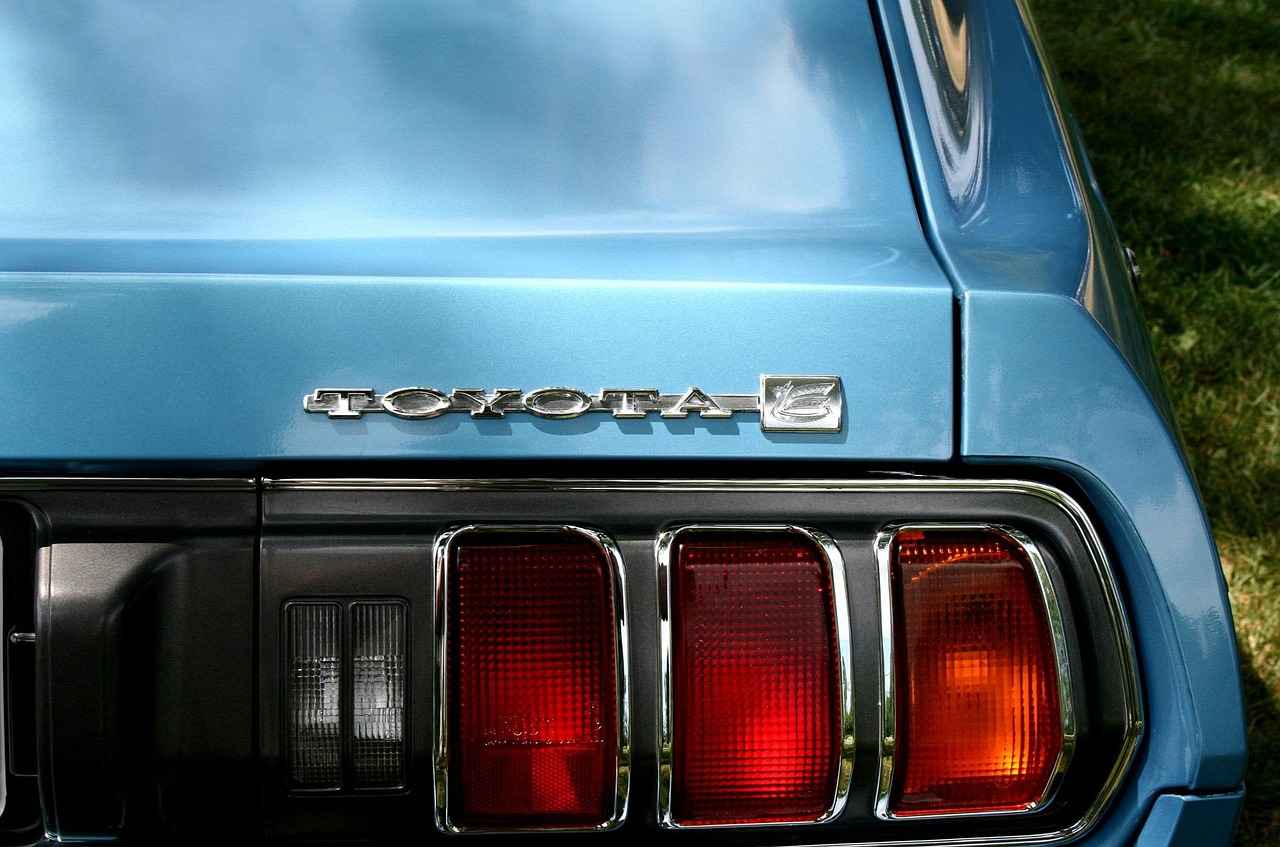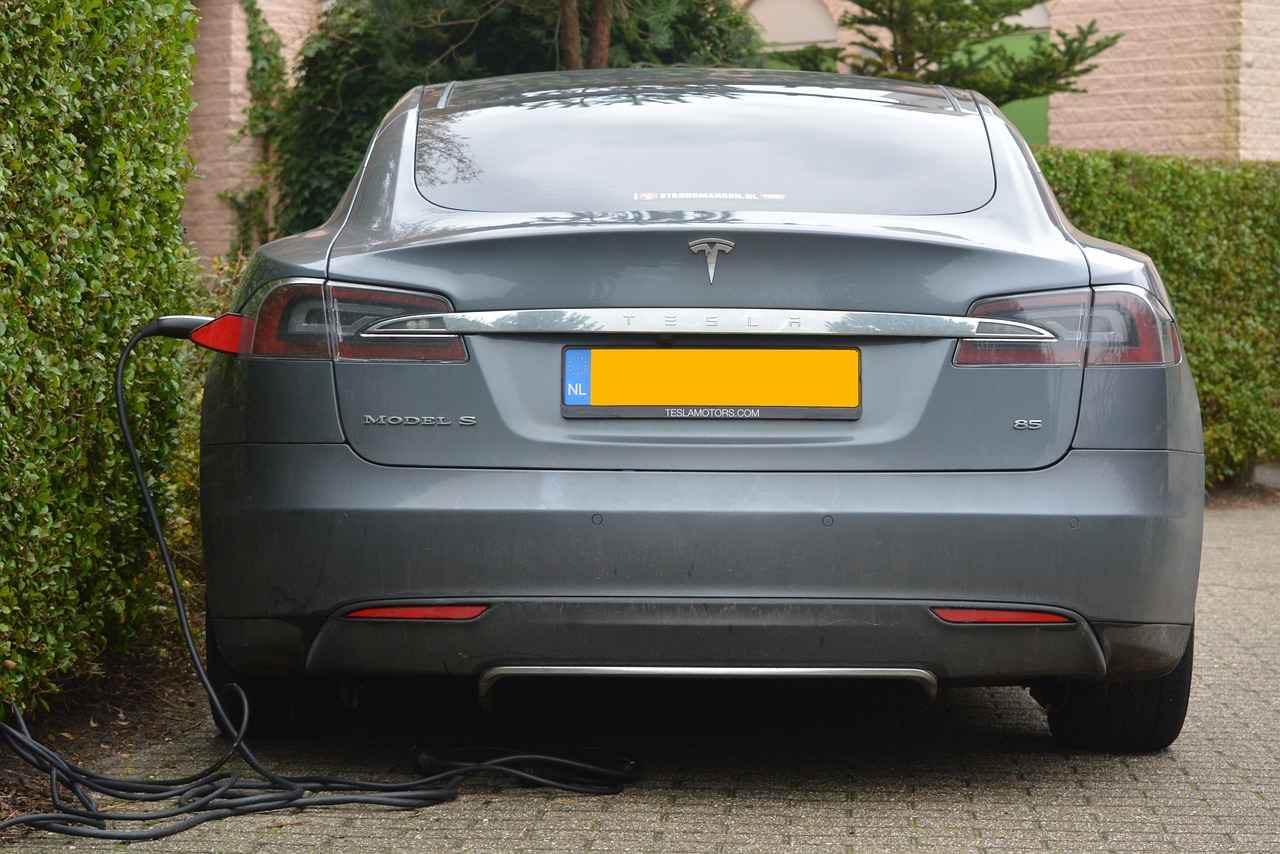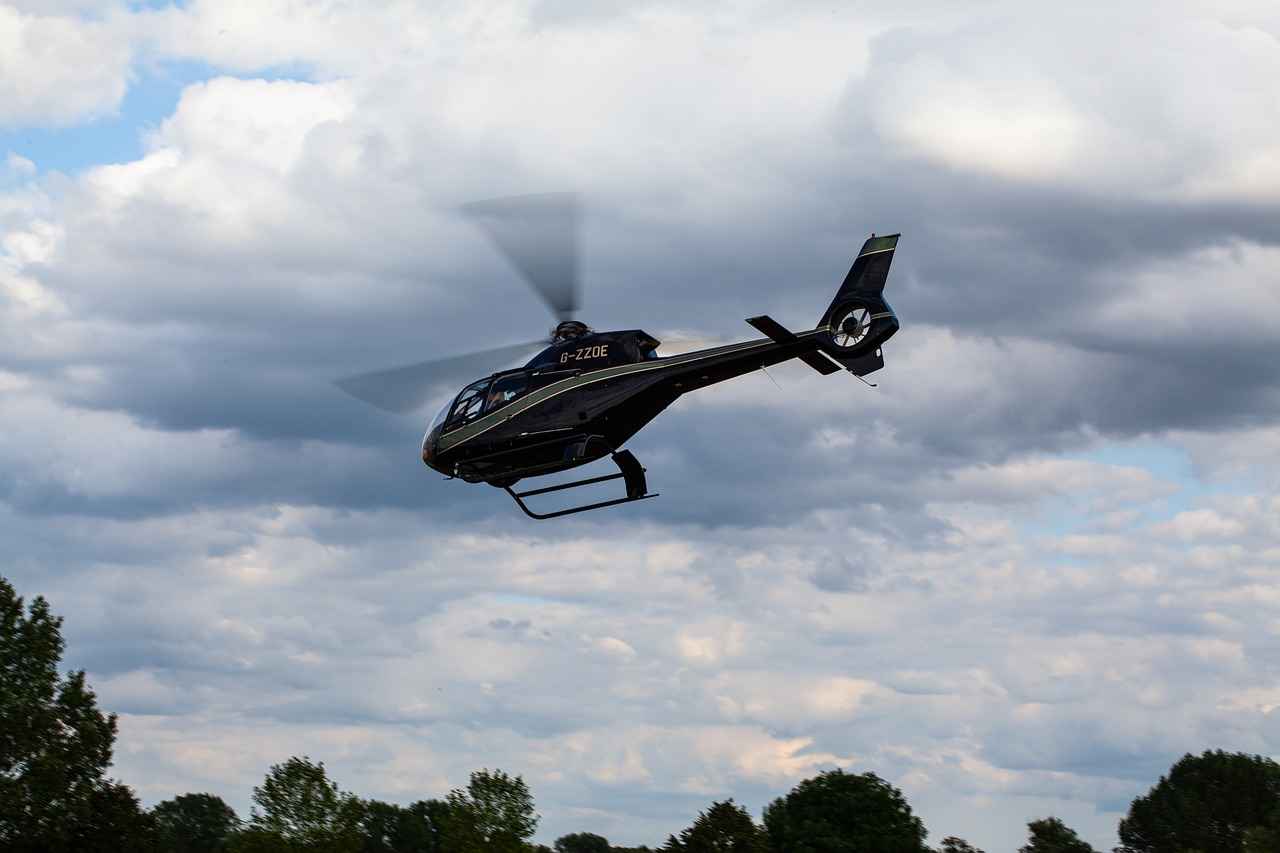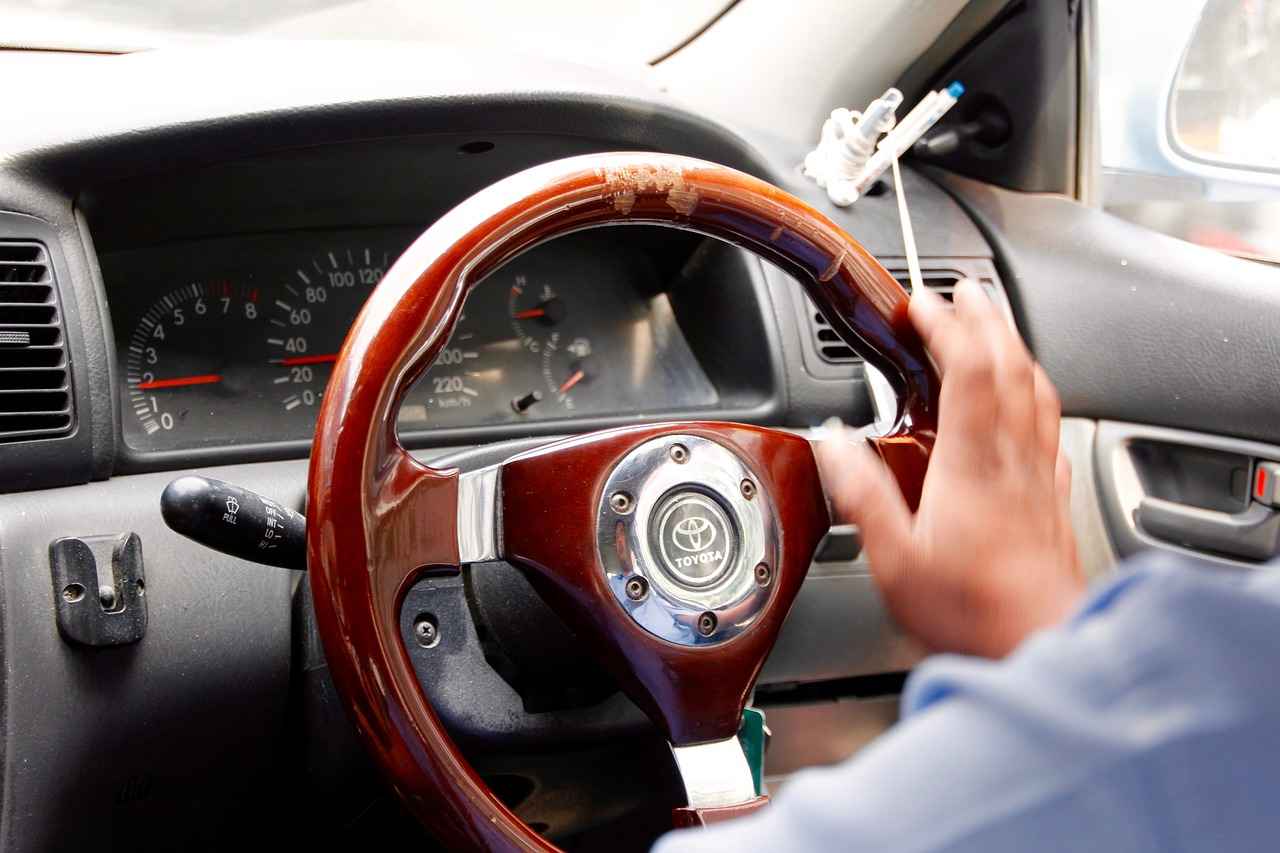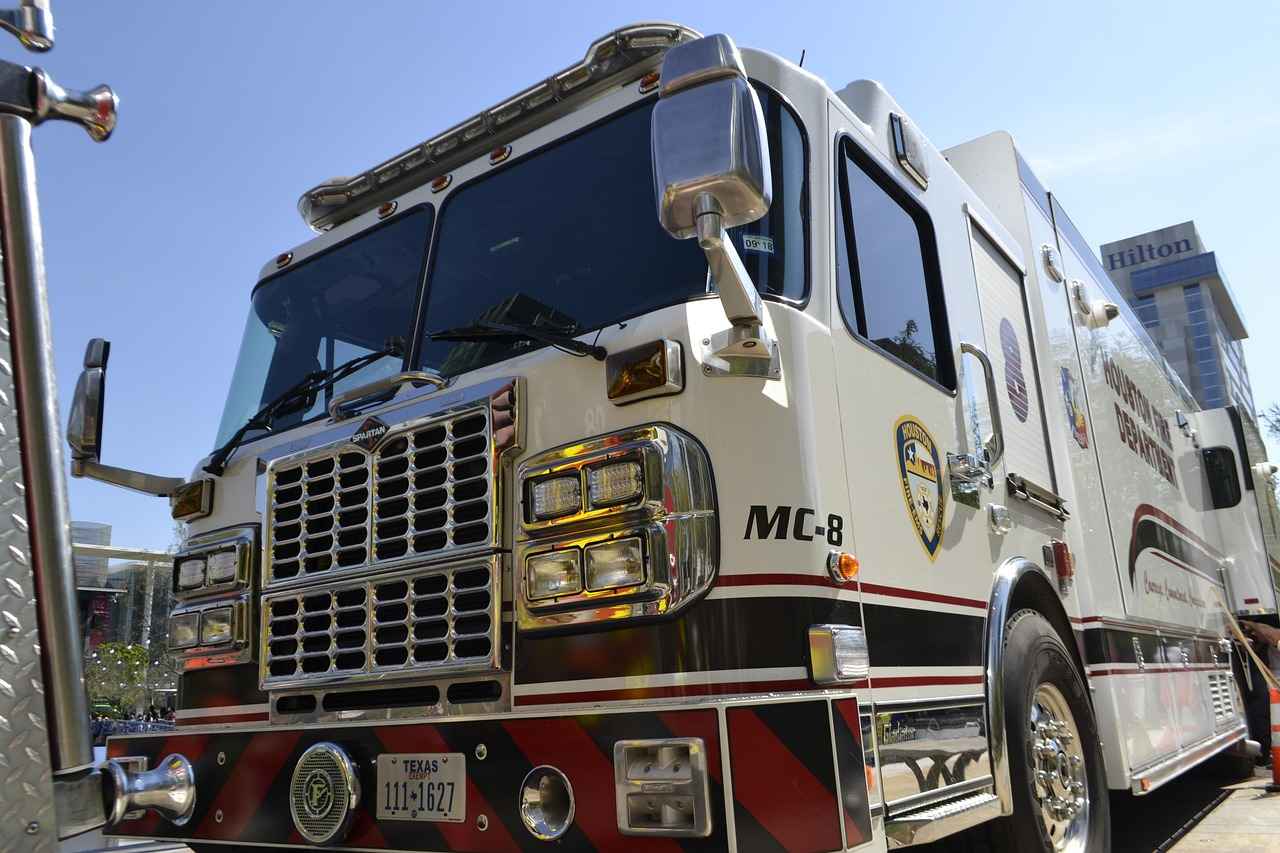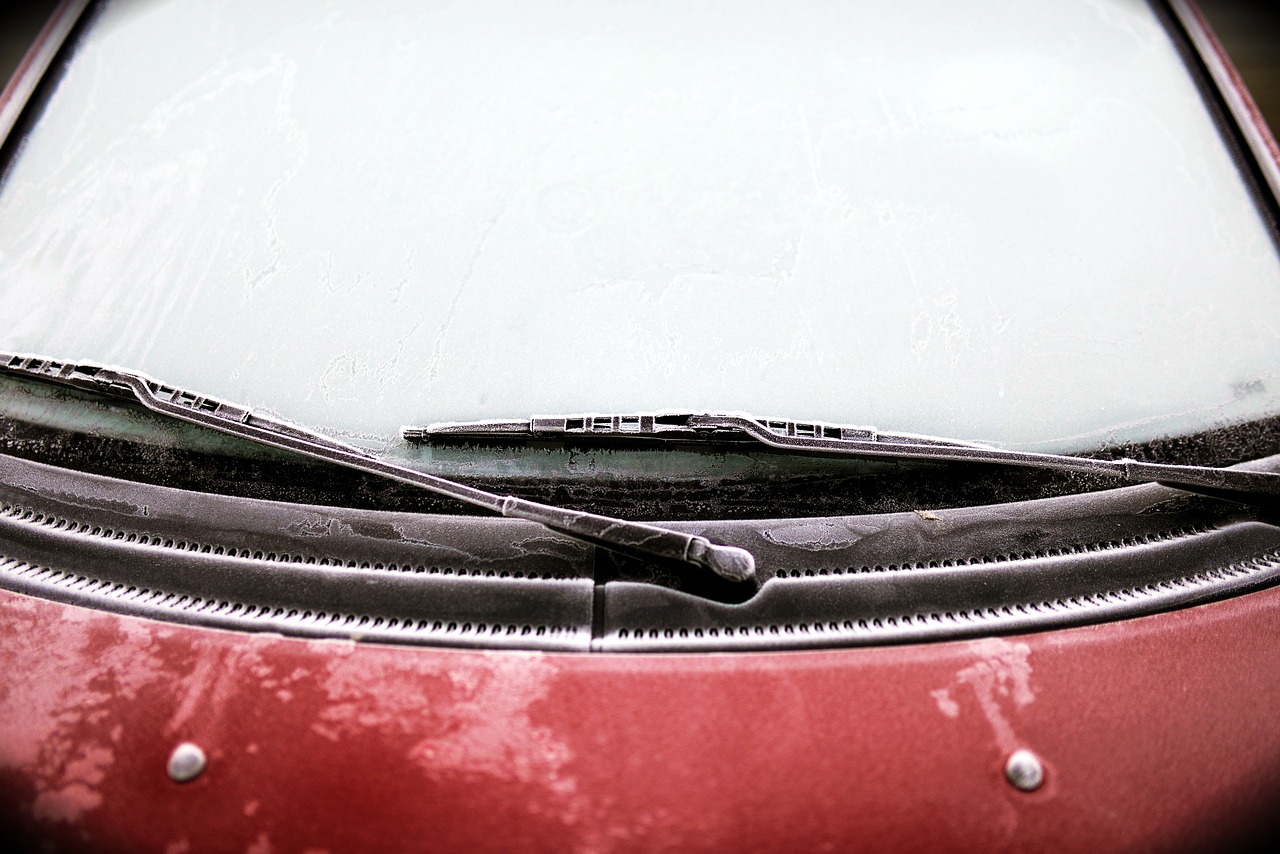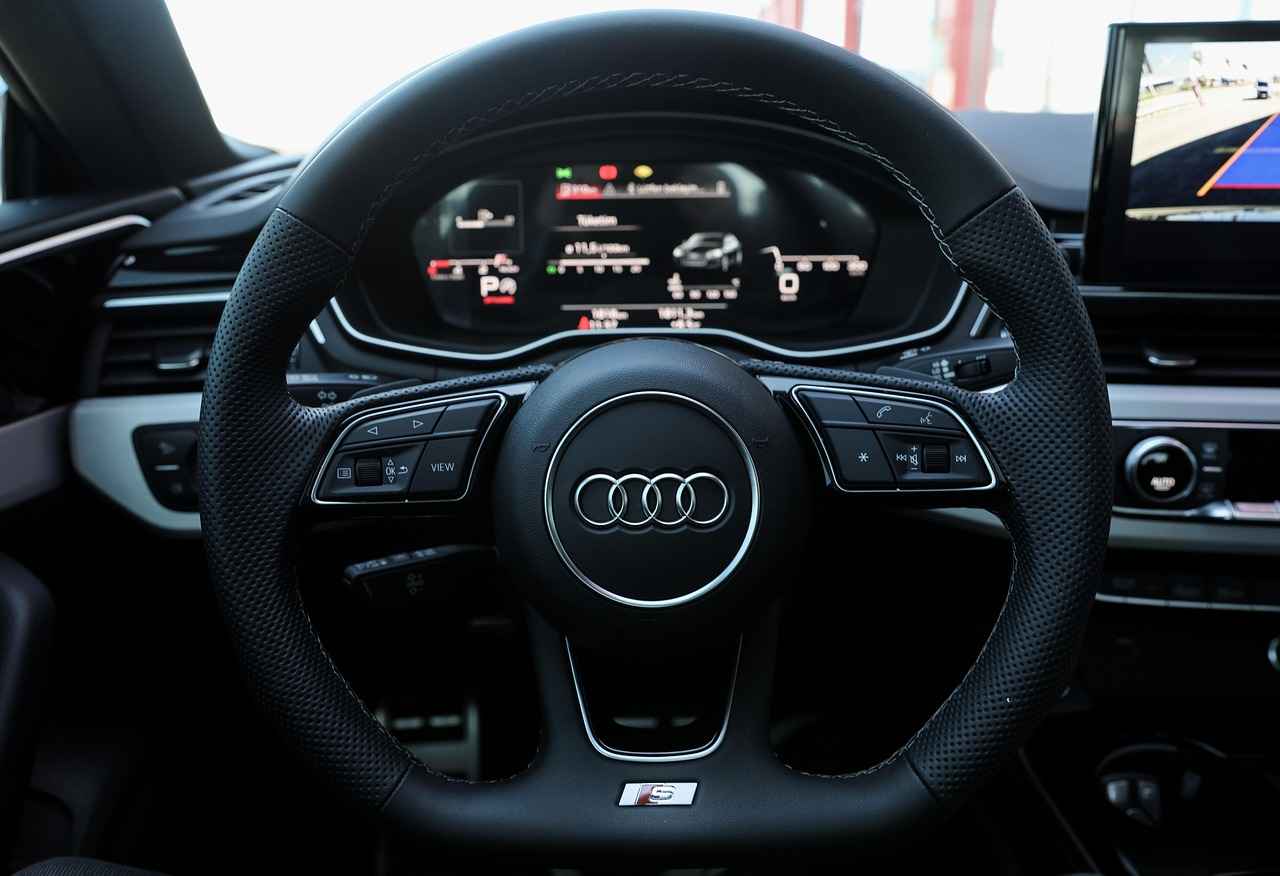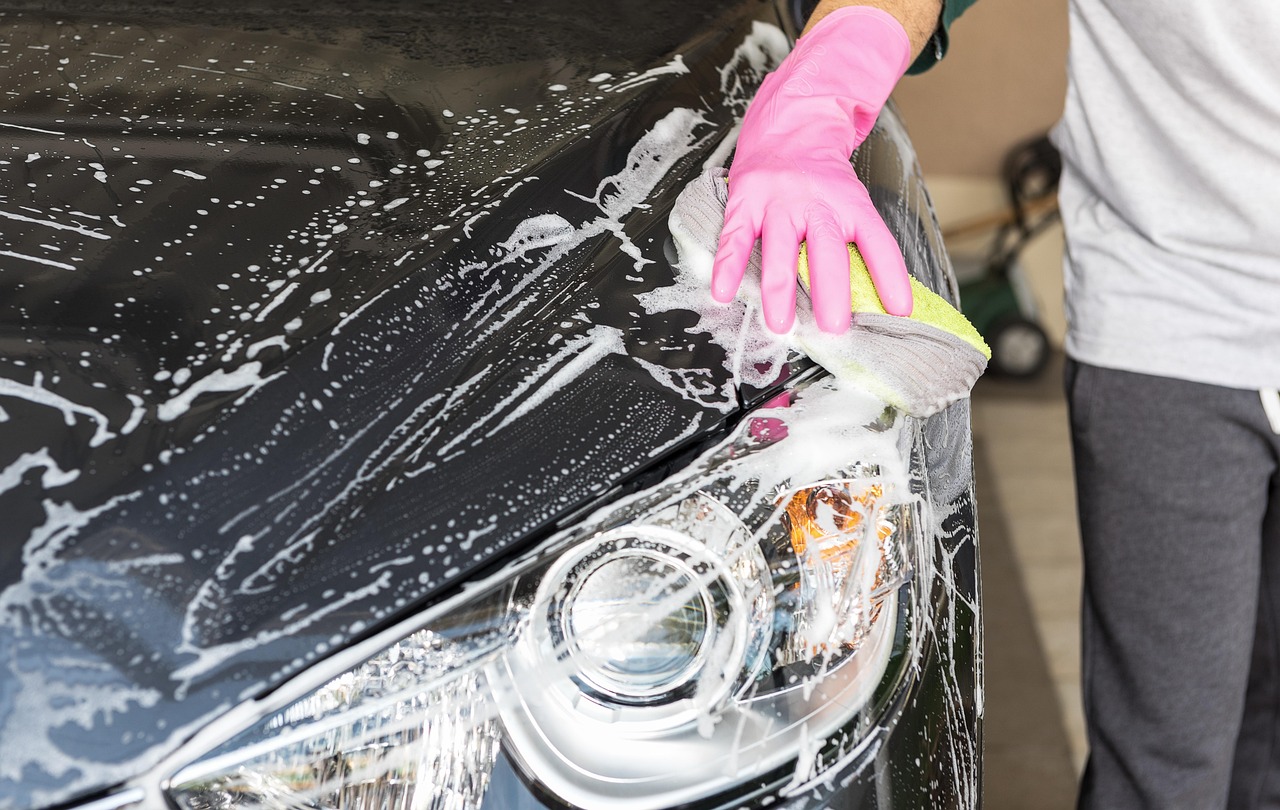This article provides a comprehensive guide on troubleshooting and resolving issues with windshield wipers that fail to clean effectively. Properly functioning wipers are essential for maintaining visibility and ensuring safe driving during adverse weather conditions.
Understanding the common causes of windshield wiper problems is crucial for effective diagnosis and repair. Several factors can contribute to wiper malfunction, including:
- Worn-out blades: Over time, the rubber on wiper blades can deteriorate, leading to ineffective cleaning.
- Faulty motors: A malfunctioning wiper motor can prevent blades from operating correctly.
- Poor installation: Improperly installed wipers may not make full contact with the windshield.
Recognizing the signs of worn-out wiper blades is essential for maintaining optimal visibility. Key indicators include:
- Streaking: When blades leave streaks on the windshield, it’s a sign they need replacing.
- Skipping: If the wipers skip across the glass, they may not be making proper contact.
- Squeaking sounds: Unusual noises during operation can indicate that the blades are worn.
Streaking occurs when wiper blades fail to make complete contact with the windshield, often due to wear or debris accumulation. Regular inspections of the blades are crucial to ensure effective cleaning. Look for:
- Cracks or tears in the rubber.
- Debris stuck on the blade edges.
- Uneven wear patterns.
Typically, windshield wiper blades should be replaced every six months to a year, depending on usage and environmental conditions. Regular maintenance can prevent performance issues and ensure safety. Factors influencing replacement frequency include:
- Climate: Areas with extreme weather may require more frequent replacements.
- Usage: Heavy usage in rainy or snowy conditions can accelerate wear.
Yes, cleaning wiper blades can extend their lifespan. Use a soft cloth and a mild cleaner to remove dirt and grime. However, this is a temporary fix and not a substitute for replacement. Regular cleaning helps maintain their effectiveness.
If your wipers are skipping, it may indicate improper installation or a problem with the wiper arm tension. To resolve this issue:
- Check the wiper arm attachment to ensure it is secure.
- Adjust the tension if the arms are loose.
If your wiper blades aren’t functioning at all, the problem may lie with the wiper motor. Diagnosing motor issues involves:
- Checking fuses for continuity.
- Inspecting wiring for damage.
- Testing the motor itself for faults.
Symptoms of a malfunctioning wiper motor include:
- Inconsistent operation.
- Failure to move.
- Unusual noises during operation.
Identifying these signs early can prevent further damage and costly repairs.
To test the wiper motor, you can check for power at the motor connector using a multimeter. If no power is detected, inspect the wiring and fuses for potential issues. A thorough check can help you determine whether the motor needs replacement or if the problem lies elsewhere.

What Causes Windshield Wipers to Malfunction?
Understanding the common issues behind windshield wiper problems can significantly enhance your ability to diagnose and fix them effectively. Windshield wipers are crucial for maintaining visibility during adverse weather conditions, and any malfunction can lead to dangerous driving situations. Here, we will explore the primary causes of windshield wiper issues, including worn-out blades, faulty motors, and poor installation.
Several factors can lead to windshield wiper malfunction. Identifying these issues early can save you time and money on repairs. Below are some common causes:
- Worn-Out Blades: Over time, wiper blades can degrade due to exposure to the elements. Look for signs of wear, such as cracks or splits in the rubber, which can hinder their effectiveness.
- Faulty Wiper Motors: The motor is responsible for the movement of the wipers. If the motor is damaged or has electrical issues, the wipers may not function at all or may operate erratically.
- Poor Installation: If wipers are not installed correctly, they may not make proper contact with the windshield. This can lead to skipping or ineffective cleaning.
- Debris and Dirt: Accumulation of dirt, leaves, and other debris can obstruct the movement of the wipers, leading to poor performance.
- Electrical Issues: Problems with the vehicle’s electrical system, such as blown fuses or damaged wiring, can also affect wiper functionality.
Recognizing the signs of worn-out wiper blades is crucial for maintaining optimal visibility. Common indicators include:
- Streaking: If your wipers leave streaks on the windshield, it may be time for a replacement.
- Skipping: Wipers that skip across the glass instead of moving smoothly are likely worn.
- Squeaking Sounds: Unusual noises during operation can indicate that the blades are no longer making proper contact.
Typically, windshield wiper blades should be replaced every six months to a year, depending on usage and environmental conditions. Regular maintenance can prevent performance issues and ensure safety.
Yes, cleaning wiper blades can extend their lifespan. Use a soft cloth and a mild cleaner to remove dirt and grime. However, this is a temporary fix and not a substitute for replacement.
If your wipers are skipping, it may indicate improper installation or a problem with the wiper arm tension. Adjusting the arms or ensuring they are securely attached may resolve this issue.
If wiper blades are not functioning at all, the problem may lie with the wiper motor. Diagnosing motor issues involves checking:
- Fuses: A blown fuse can interrupt the power supply to the motor.
- Wiring: Inspect for any visible damage or loose connections.
- The Motor Itself: If the motor shows signs of wear or damage, it may need replacement.
Symptoms of a malfunctioning wiper motor include:
- Inconsistent Operation: Wipers that work sporadically may indicate motor issues.
- Failure to Move: If the wipers do not move at all, this is a clear sign of a problem.
- Unusual Noises: Grinding or clicking sounds can indicate internal motor issues.
To test the wiper motor, you can check for power at the motor connector using a multimeter. If no power is detected, inspect the wiring and fuses for potential issues.
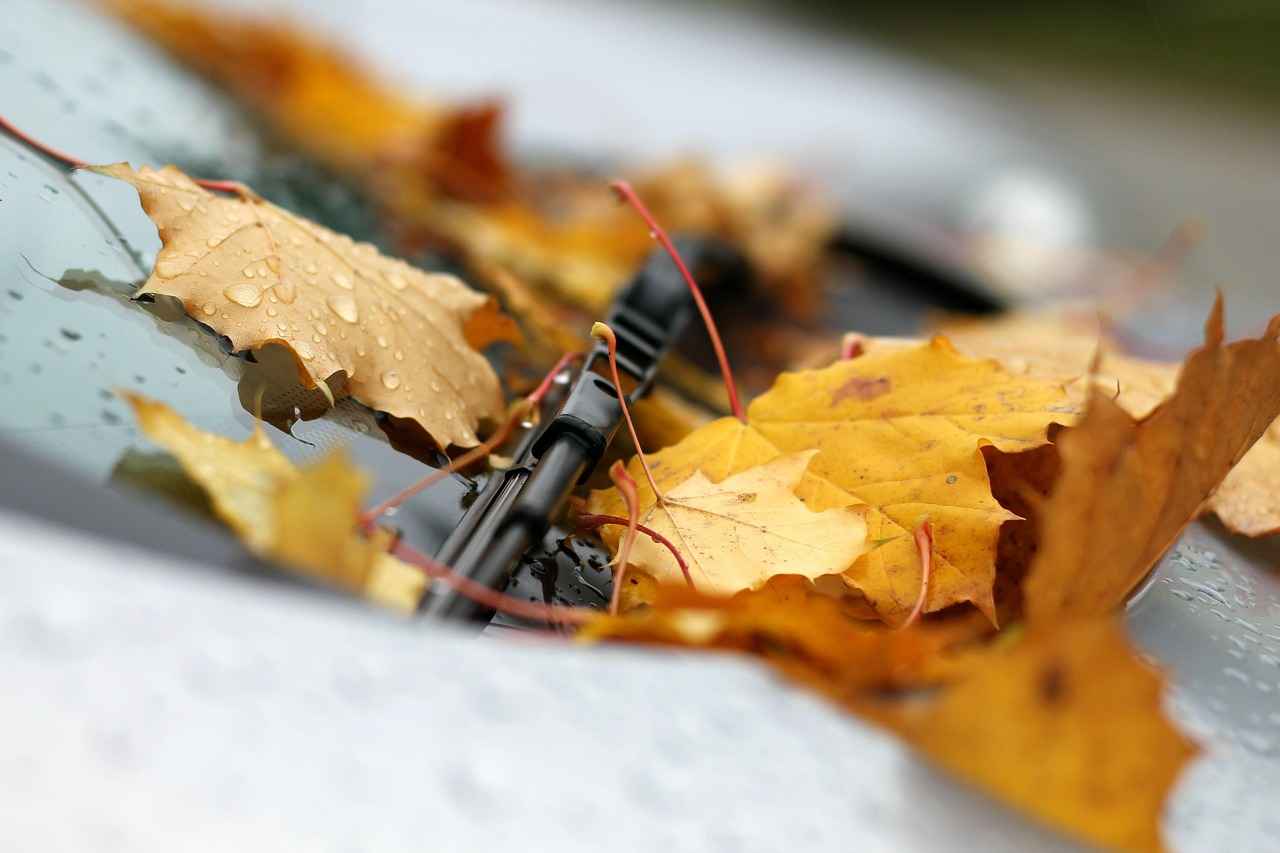
How to Identify Worn-Out Wiper Blades?
Maintaining clear visibility during adverse weather conditions is essential for safe driving. One of the most critical components contributing to visibility is your vehicle’s wiper blades. Recognizing the signs of worn-out wiper blades is crucial for ensuring your safety on the road. Here are some key indicators to help you determine if your wiper blades need replacement.
- Streaking: If your wipers leave streaks on the windshield, it indicates that they are not making proper contact. This can occur due to a buildup of dirt or debris on the blades or the windshield itself.
- Skipping: Wipers that skip across the glass instead of moving smoothly can be a sign of wear. This skipping motion may be caused by damaged rubber or misalignment of the wiper arms.
- Squeaking Sounds: If you hear squeaking noises when the wipers are in operation, it suggests that the rubber is hardening or cracking. This sound is a clear indication that the blades are no longer effective.
- Visible Damage: Inspect the wiper blades regularly for any visible signs of wear, such as cracks, tears, or fraying. If you notice any of these issues, it’s time to replace the blades.
- Age of the Blades: Wiper blades typically have a lifespan of six months to a year. If your blades are older than this, they may need to be replaced, even if they don’t show visible signs of wear.
Additionally, environmental factors can accelerate the wear and tear on your wiper blades. For instance, exposure to extreme temperatures, UV rays, and harsh weather conditions can degrade the rubber material. Regularly checking your wiper blades, especially after severe weather, can help maintain optimal performance.
To ensure that your wiper blades are functioning properly, consider performing a simple test. Activate the wipers and observe their performance. If they fail to clear the windshield effectively or if any of the signs mentioned above are present, it’s time to take action.
In some cases, cleaning the blades can temporarily improve their performance. Use a soft cloth and a mild cleaner to remove dirt and grime, but remember that this is a short-term solution. Ultimately, replacing worn-out wiper blades is essential for maintaining visibility and safety while driving.
In conclusion, recognizing the signs of worn-out wiper blades is vital for ensuring your safety on the road. Regular inspections and timely replacements can prevent visibility issues and enhance your driving experience. Stay proactive about your vehicle maintenance, and don’t compromise on safety.
What Are the Signs of Streaking Wipers?
Maintaining clear visibility while driving is essential for safety, especially during adverse weather conditions. One of the primary components that ensure this visibility is the windshield wiper system. When wipers fail to function properly, it can lead to dangerous situations on the road. One common issue that drivers face is streaking wipers. Understanding the signs of this problem is crucial for timely intervention and effective cleaning.
Streaking occurs when the wiper blades do not make complete contact with the windshield. This can be due to several factors:
- Worn-Out Blades: Over time, the rubber on wiper blades can degrade, leading to ineffective performance.
- Debris Accumulation: Dirt, grime, or ice can hinder the blades’ ability to glide smoothly across the glass.
- Improper Installation: If wiper blades are not correctly installed, they may not align properly with the windshield.
- Wiper Arm Issues: A loose or damaged wiper arm can cause uneven pressure, leading to streaking.
Recognizing the signs of streaking is essential for maintaining optimal visibility. Here are some indicators that your wipers may be streaking:
- Visible Streaks: If you notice lines or streaks on the windshield after the wipers have been activated, this is a clear sign of an issue.
- Skipping: If the wipers skip across the glass instead of moving smoothly, they may be failing to make proper contact.
- Squeaking Sounds: Unusual noises during operation can indicate that the blades are not gliding effectively.
- Uneven Cleaning: If certain areas of the windshield remain dirty while others are clean, this could signify that the blades are not functioning correctly.
Regular inspection of your wiper blades is vital for ensuring they remain effective. It is recommended to check them:
- Every month, especially before the rainy season.
- After any harsh weather conditions, such as heavy rain or snow.
- Before long road trips to ensure maximum visibility.
In some cases, cleaning the wiper blades can help improve their performance temporarily. To do this:
1. Use a soft cloth and a mild cleaner.2. Wipe down the rubber edge of the blades to remove dirt and grime.3. Ensure the blades are dry before using them again.
However, this is only a temporary solution. If streaking continues, replacement of the blades may be necessary.
If you have cleaned the blades and still experience streaking, consider the following steps:
- Replace the Wiper Blades: If the rubber is cracked or worn, it’s time for a replacement.
- Check the Wiper Arm: Ensure that the arm is securely attached and not bent.
- Inspect the Windshield: Ensure there are no obstructions or damage to the glass itself.
By understanding the signs of streaking wipers and taking proactive measures, you can ensure a safer driving experience with clear visibility in all weather conditions.
How Often Should You Replace Wiper Blades?
Maintaining clear visibility while driving is essential for safety, particularly during adverse weather conditions. One of the most critical components of your vehicle’s visibility system is the windshield wiper blades. These blades are designed to clear rain, snow, and debris from your windshield, allowing you to see clearly while driving. However, many drivers overlook the importance of regular maintenance for these essential parts. So, how often should you replace wiper blades?
Typically, windshield wiper blades should be replaced every six months to a year, depending on various factors such as usage, environmental conditions, and the type of blades installed. For instance, if you frequently drive in areas with heavy rain or snow, you may need to replace your wiper blades more often. Similarly, if you live in a region with extreme temperatures or high UV exposure, your blades may wear out faster.
Regularly replacing your wiper blades is crucial for maintaining optimal performance. Worn-out blades can lead to several issues:
- Streaking: Old blades may not make proper contact with the windshield, causing streaks that obstruct your view.
- Skipping: A worn blade may skip across the glass, failing to clear water effectively.
- Squeaking: If you hear squeaking noises while using your wipers, it’s a clear sign that the blades need replacement.
To ensure your wiper blades are functioning correctly, consider the following signs:
- Visual Inspection: Check for cracks, tears, or signs of wear on the rubber edges.
- Performance Checks: Test the wipers during rain or use a hose to simulate rain. Observe for any skipping or streaking.
- Age of Blades: If your blades are older than a year, it’s time to consider replacing them, regardless of their appearance.
While cleaning your wiper blades can temporarily improve their performance, it’s important to note that this is not a substitute for replacement. Use a soft cloth and a mild cleaner to wipe the rubber edges, which can help remove dirt and grime. However, this should only be a temporary solution until you can replace the blades.
Different types of wiper blades have varying lifespans:
- Conventional Blades: Typically last about six months to a year.
- Beam Blades: These tend to last longer, often up to two years, due to their more durable construction.
- Winter Blades: Designed for harsh conditions, they may also last longer but should still be inspected regularly.
In conclusion, regularly replacing your windshield wiper blades is essential for maintaining clear visibility and ensuring safety while driving. By following a routine inspection and replacement schedule, you can prevent performance issues and enhance your driving experience. Remember, when in doubt, it’s always better to err on the side of caution and replace your wiper blades sooner rather than later.
Can I Clean Wiper Blades Instead of Replacing Them?
Maintaining clear visibility while driving is crucial, especially during adverse weather conditions. One key component of ensuring that visibility is optimal is the windshield wiper system. Over time, wiper blades can accumulate dirt, grime, and other debris, which can hinder their performance. This leads many drivers to wonder:
Yes, cleaning wiper blades can indeed extend their lifespan. By regularly maintaining them, you can improve their efficiency and delay the need for a full replacement. To clean your wiper blades, follow these simple steps:
- Gather Supplies: You will need a soft, lint-free cloth and a mild cleaner, such as a mixture of water and dish soap or a dedicated automotive glass cleaner.
- Lift the Wiper Arms: Gently lift the wiper arms away from the windshield to access the blades easily.
- Clean the Blades: Dampen the cloth with the cleaner and wipe along the rubber edge of the blade. Ensure that you remove any accumulated dirt and debris.
- Inspect for Damage: While cleaning, check for any signs of wear, such as cracks or tears in the rubber. If you notice significant damage, it’s time to replace the blades.
- Test the Wipers: After cleaning, lower the wiper arms back to their original position and test them to ensure they operate smoothly.
While cleaning is a beneficial maintenance step, it’s important to remember that this is a temporary fix. Regular cleaning can help maintain wiper performance, but it does not replace the need for new blades when they become worn out. The longevity of wiper blades can be affected by various factors, including:
- Environmental conditions, such as extreme heat or cold.
- Frequency of use, especially during heavy rain or snow.
- Quality of the wiper blades themselves.
Experts recommend replacing wiper blades every six months to a year, depending on usage and environmental conditions. Regular inspections can help you identify when it’s time for a replacement. Signs that indicate the need for new blades include:
- Streaking on the windshield during use.
- Skipping or chattering sounds when the wipers are in motion.
- Visible wear or damage to the rubber blade.
In conclusion, while cleaning wiper blades is a practical step to extend their lifespan, it is not a permanent solution. Regular maintenance, combined with timely replacements, is essential for ensuring that your windshield wipers perform effectively. By taking these steps, you can enhance your driving safety and maintain clear visibility on the road.
What to Do If Wipers Are Skipping?
Windshield wipers are essential for maintaining visibility during adverse weather conditions. When they start to skip, it can be not only frustrating but also dangerous. Skipping wipers can indicate a variety of issues, including improper installation, worn-out components, or problems with the wiper arm tension. Understanding how to diagnose and resolve these issues is crucial for ensuring your safety on the road.
When windshield wipers skip across the glass instead of moving smoothly, it can be due to several factors:
- Improper Installation: If the wiper blades are not installed correctly, they may not make full contact with the windshield, leading to skipping.
- Worn Wiper Blades: Over time, the rubber on the blades can degrade, causing them to lose their effectiveness and skip during operation.
- Wiper Arm Tension: If the tension on the wiper arm is insufficient, the blades may not press firmly against the windshield, resulting in skipping.
To effectively diagnose the issue of skipping wipers, follow these steps:
- Inspect the Wiper Blades: Check for any signs of wear, such as cracks or missing pieces of rubber. If the blades appear damaged, it’s time for a replacement.
- Examine the Installation: Ensure that the wiper blades are securely attached to the wiper arms. If they are loose, they may not function properly.
- Check Wiper Arm Tension: Manually lift the wiper arms away from the windshield and let them fall back. They should rest firmly against the glass. If they do not, the tension may need adjustment.
If you’ve diagnosed the cause of your skipping wipers, here are some steps to fix the issue:
- Adjust the Wiper Arms: If the wiper arms are misaligned, gently bend them back into position to ensure proper contact with the windshield.
- Replace Wiper Blades: If the blades are worn out, replacing them is the most straightforward solution. Choose high-quality blades that fit your vehicle for optimal performance.
- Check for Obstructions: Sometimes, debris or ice can obstruct the wiper’s path. Make sure the windshield is clean and free from any obstructions.
To avoid skipping wipers in the future, consider the following maintenance tips:
- Regular Inspections: Check your wiper blades every few months for signs of wear and replace them as necessary.
- Keep Your Windshield Clean: Regularly clean your windshield to prevent dirt and debris from accumulating and affecting wiper performance.
- Use Quality Products: Invest in high-quality wiper blades and ensure they are installed correctly to prevent future issues.
By understanding the causes of skipping wipers and implementing proper maintenance practices, you can ensure that your windshield wipers function effectively, providing you with the visibility you need during adverse weather conditions.

How to Troubleshoot Wiper Motor Issues?
Windshield wipers are essential for maintaining visibility during inclement weather. When they fail to operate, it can lead to dangerous driving conditions. Understanding how to troubleshoot wiper motor issues is crucial for ensuring your safety on the road.
Several factors can contribute to wiper motor failures. Common causes include:
- Electrical Issues: Faulty wiring or blown fuses can disrupt the power supply to the motor.
- Mechanical Problems: Wear and tear on the motor’s internal components can lead to malfunction.
- Corrosion: Moisture can cause corrosion on connectors and wiring, hindering performance.
Recognizing the symptoms of a faulty wiper motor is the first step in troubleshooting. Look for the following signs:
- No Movement: If the wipers do not move at all, it may indicate a motor failure.
- Inconsistent Operation: Wipers that operate intermittently or erratically may signal electrical issues.
- Unusual Noises: Grinding or clicking sounds can indicate mechanical problems within the motor.
Testing the wiper motor involves a few straightforward steps:
- Start by ensuring the vehicle is turned off and the keys are removed.
- Locate the wiper motor; it is typically found under the hood near the base of the windshield.
- Using a multimeter, check for power at the motor connector. Set the multimeter to the appropriate voltage setting.
- Activate the wipers and observe the multimeter reading. If there is no power, check the fuses and wiring for damage.
If testing reveals that the motor is indeed faulty, you have a couple of options:
- Replace the Motor: If the motor is beyond repair, replacing it is often the best solution. Ensure you purchase a compatible motor for your vehicle.
- Consult a Professional: If you’re unsure about performing the replacement yourself, it’s wise to consult a mechanic.
In some cases, a wiper motor can be repaired. If the issue is due to a simple electrical fault, such as a loose wire or blown fuse, these can often be fixed without replacing the entire motor. However, if the internal components are damaged, replacement is usually necessary.
Regular maintenance can prolong the life of your wiper motor. Here are some tips:
- Keep it Clean: Ensure that the area around the wiper motor is free from debris and moisture.
- Regular Inspections: Periodically check the wiring and connectors for signs of wear or corrosion.
- Use Quality Wiper Blades: High-quality blades can reduce strain on the motor and improve overall performance.
By following these troubleshooting tips, you can effectively diagnose and address wiper motor issues, ensuring that your windshield wipers are ready to perform when you need them the most.
What Are Common Symptoms of a Faulty Wiper Motor?
Windshield wipers are crucial for maintaining clear visibility during adverse weather conditions. A faulty wiper motor can severely impact their performance, leading to unsafe driving situations. Understanding the common symptoms of a malfunctioning wiper motor is essential for timely intervention and maintenance.
When the wiper motor begins to fail, several noticeable signs can alert you to the issue. Addressing these symptoms promptly can help prevent further damage and save on costly repairs. Here are the most common indicators:
- Inconsistent Operation: If your wipers operate sporadically, this might indicate a problem with the motor. You may notice that they work intermittently or only function at certain speeds.
- Failure to Move: A complete lack of movement from the wipers is a clear sign of a malfunctioning motor. If the wipers do not respond at all when activated, it’s essential to investigate further.
- Unusual Noises: Strange sounds such as grinding or clicking while the wipers are in operation can indicate mechanical issues within the motor. These noises often suggest that parts are worn out or misaligned.
- Slow Movement: If the wipers move slower than usual, this could indicate a weakening motor or issues with the electrical connections. This issue can compromise visibility during heavy rain.
- Wipers Stopping Mid-Sweep: If your wipers stop working in the middle of a cycle, it could be a sign of electrical failure within the motor or a problem with the wiper control switch.
Recognizing these symptoms early is crucial. Ignoring them can lead to more extensive damage to the wiper system or even other components of your vehicle. For example, a malfunctioning wiper motor may draw excessive power, potentially damaging the vehicle’s electrical system.
To troubleshoot a suspected wiper motor issue, follow these steps:
- Check the Fuses: Start by inspecting the fuses related to the wiper system. A blown fuse can prevent the motor from receiving power.
- Inspect the Wiring: Look for any damaged or corroded wiring that may be interrupting the electrical flow to the motor.
- Test the Motor: Use a multimeter to check for power at the motor connector. If there’s no power, the issue might lie further back in the wiring or fuses.
- Examine the Wiper Switch: The control switch can also be a point of failure. Ensure it is functioning correctly and making proper contact.
If you confirm that the wiper motor is indeed faulty, it’s advisable to replace it. A new motor can restore proper functionality and ensure your wipers perform optimally. Consider seeking assistance from a professional mechanic if you’re not comfortable performing the replacement yourself.
In summary, being aware of the symptoms of a faulty wiper motor and addressing them promptly can enhance your vehicle’s safety and performance. Regular maintenance and timely repairs will keep your windshield wipers in top working condition, ensuring clear visibility during any weather conditions.
How Can I Test the Wiper Motor?
When dealing with windshield wipers that are not functioning properly, it’s essential to test the wiper motor as part of your troubleshooting process. The wiper motor is a critical component that drives the wiper blades, and if it malfunctions, it can lead to visibility issues during adverse weather conditions. Below is a comprehensive guide on how to effectively test the wiper motor.
The wiper motor is responsible for powering the windshield wipers, allowing them to move across the glass and remove rain, snow, or debris. If your wipers are not operating as expected, the motor might be the culprit.
Before you begin testing the wiper motor, ensure you have the following tools:
- Multimeter – To measure voltage and continuity.
- Screwdriver – For removing any coverings or components.
- Wire Strippers – If you need to access or repair wiring.
- Disconnect the Power: Start by disconnecting the battery to ensure safety while working on the electrical components.
- Locate the Wiper Motor: Typically found under the hood, near the base of the windshield. Remove any covers if necessary.
- Check for Power: Using a multimeter, set it to the DC voltage setting. Connect the multimeter probes to the motor connector. You should see a voltage reading; if there is none, it indicates a problem upstream.
- Inspect the Wiring and Fuses: If no power is detected, inspect the wiring for any signs of damage or corrosion. Additionally, check the fuses related to the wiper system. A blown fuse could be the reason for the lack of power.
- Test the Motor Directly: If power is present at the connector, but the motor is still not functioning, you can test the motor directly by applying power from a known good source. If the motor operates, the issue may lie with the wiring or switch.
While testing the wiper motor, be aware of these common symptoms of a malfunctioning motor:
- Inconsistent Operation: If the wipers work intermittently, it might indicate a faulty motor or a problem with the switch.
- Unusual Noises: Grinding or clicking sounds can suggest mechanical issues within the motor itself.
- Failure to Move: If the motor is receiving power but the wipers do not move, the motor may need to be replaced.
Testing the wiper motor is a straightforward process that can help you diagnose issues effectively. By following the steps outlined above, you can determine whether the motor is functioning properly or if further repairs are necessary. Remember, ensuring your windshield wipers are in good working condition is vital for maintaining visibility and safety on the road.
Fix Windshield Wipers That Aren’t Cleaning Properly
This article provides an in-depth guide on troubleshooting and fixing windshield wipers that fail to clean effectively, ensuring safe driving and visibility in adverse weather conditions.
What Causes Windshield Wipers to Malfunction?
Understanding the common issues behind windshield wiper problems can help you diagnose and fix them effectively. Factors such as worn-out blades, faulty motors, and poor installation play significant roles.
How to Identify Worn-Out Wiper Blades?
Recognizing the signs of worn-out wiper blades is crucial for maintaining optimal visibility. Look for:
- Streaking on the windshield
- Skipping during operation
- Squeaking sounds
These indicators suggest it’s time for a replacement.
What Are the Signs of Streaking Wipers?
Streaking occurs when the wiper blades fail to make complete contact with the windshield, often due to wear or debris. Regularly inspect blades for signs of deterioration to ensure effective cleaning.
How Often Should You Replace Wiper Blades?
Typically, windshield wiper blades should be replaced every six months to a year, depending on usage and environmental conditions. Regular maintenance can prevent performance issues and ensure safety.
Can I Clean Wiper Blades Instead of Replacing Them?
Yes, cleaning wiper blades can extend their lifespan. Use a soft cloth and a mild cleaner to remove dirt and grime, but remember this is a temporary fix and not a substitute for replacement.
What to Do If Wipers Are Skipping?
Skipping wipers can indicate improper installation or a problem with the wiper arm tension. Adjusting the arms or ensuring they are securely attached may resolve this issue.
How to Troubleshoot Wiper Motor Issues?
If wiper blades are not functioning at all, the problem may lie with the wiper motor. Diagnosing motor issues involves checking:
- Fuses
- Wiring
- The motor itself for faults
What Are Common Symptoms of a Faulty Wiper Motor?
Symptoms of a malfunctioning wiper motor include:
- Inconsistent operation
- Failure to move
- Unusual noises
Identifying these signs early can prevent further damage and costly repairs.
How Can I Test the Wiper Motor?
To test the wiper motor, you can check for power at the motor connector using a multimeter. If no power is detected, inspect the wiring and fuses for potential issues.
Final Thoughts
Maintaining windshield wipers is essential for safe driving, especially during adverse weather conditions. Regular inspections and timely replacements can ensure your wipers function effectively, providing you with the visibility you need on the road.
Frequently Asked Questions
- What should I do if my wiper blades are streaking?
If your wiper blades are leaving streaks on your windshield, it’s a sign they may be worn out or dirty. Check for any debris on the blades and clean them with a soft cloth. If the problem persists, consider replacing the blades for optimal visibility.
- How can I tell if my wiper motor is faulty?
Common symptoms of a faulty wiper motor include inconsistent operation, failure to move, or unusual noises when activated. If you notice any of these signs, it’s best to test the motor with a multimeter to check for power and inspect the wiring and fuses.
- Is it possible to clean wiper blades instead of replacing them?
Yes, you can clean wiper blades to extend their lifespan temporarily. Use a mild cleaner and a soft cloth to remove dirt and grime. However, this is not a permanent solution, and you should plan to replace them regularly for best performance.
- How often should I replace my windshield wiper blades?
It’s generally recommended to replace your windshield wiper blades every six months to a year, depending on usage and environmental conditions. Regular checks can help maintain your visibility and safety while driving.
- What causes wipers to skip during operation?
Skipping wipers can be caused by improper installation or insufficient tension in the wiper arms. Make sure the arms are securely attached and adjust them if necessary to ensure they make proper contact with the windshield.

